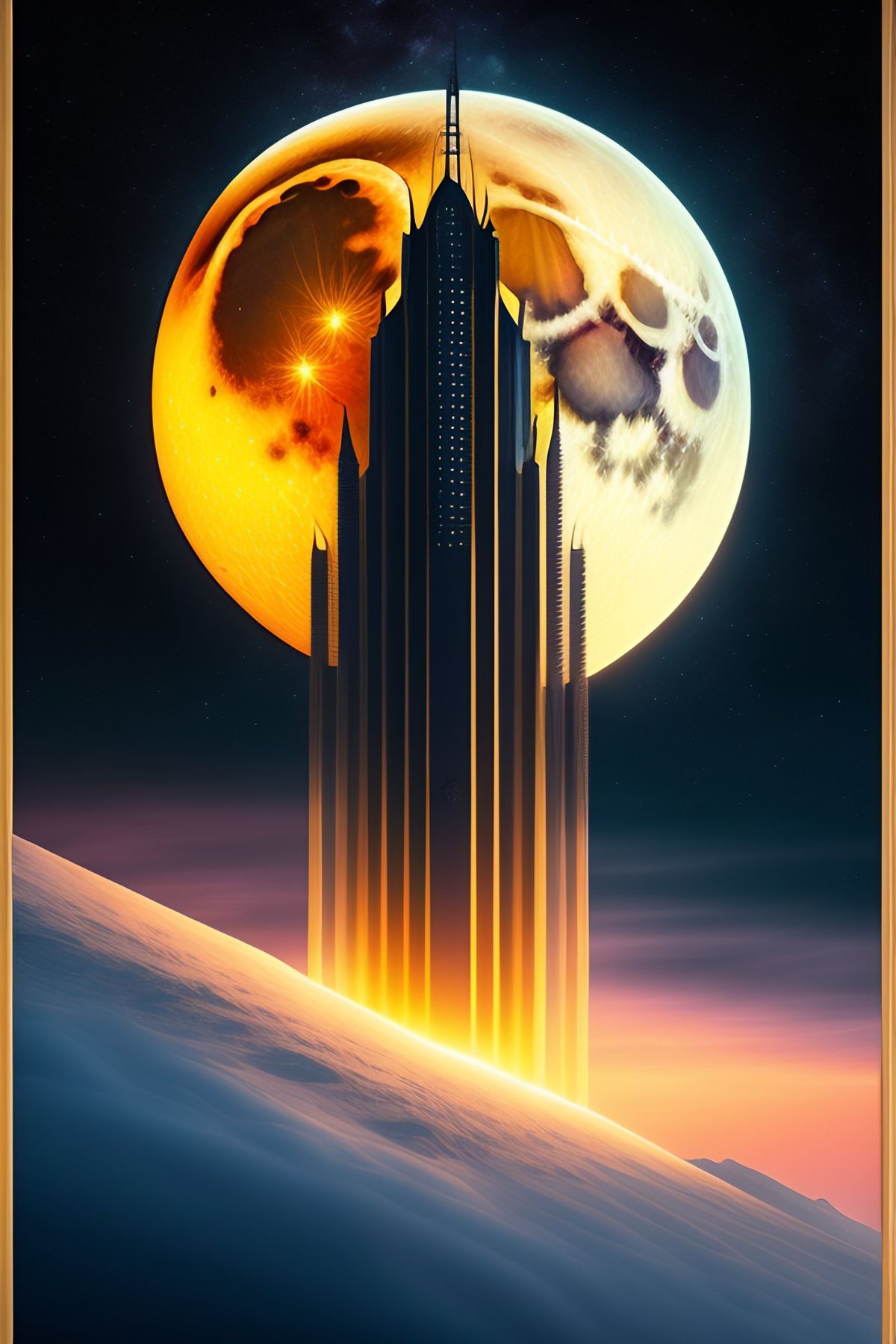A Glimpse into the Underground Lunar Cities of 2170
The underground lunar cities are not just a testament to human adaptation; they are also hubs of scientific discovery and technological advancement.

In the year 2170, humanity has reached new frontiers of innovation and exploration. Among the remarkable feats of this era, perhaps none are as awe-inspiring as the emergence of underground lunar cities, sprawling enclaves of life nestled beneath the desolate lunar surface. These subterranean marvels represent a testament to human ingenuity and the relentless pursuit of knowledge, blending science fiction with reality in a symphony of architectural brilliance.
As we cast our gaze upward to the moon, it's no longer just a silvery beacon in the night sky; it's a canvas upon which humanity has painted its ambitions. The dream of establishing a sustainable presence on the moon has been realized, and it's found in the subterranean realms.

The labyrinthine networks of tunnels and chambers, connecting the lunar cities, are a marvel of engineering. Built to withstand the harsh lunar environment, these underground habitats offer safety from radiation, micrometeorite impacts, and extreme temperature fluctuations. The complexity of these structures rivals that of any terrestrial megalopolis, with a myriad of interconnected passages leading to bustling plazas, residential quarters, and research laboratories.
One might imagine the lunar cities as monotonous, sterile environments. However, the reality is quite the opposite. The subterranean world boasts a stunning diversity of landscapes and ecosystems, each meticulously crafted to replicate the beauty of Earth. Vast subterranean parks and botanical gardens provide residents with a breath of fresh air, quite literally, as they are equipped with advanced air purification systems that mimic Earth's atmosphere.
But it's not just about replicating Earth; it's about pushing the boundaries of human existence. Artificial sunlight, beamed in from solar collectors on the lunar surface, bathes the underground cities in a soft, golden glow, mimicking the passage of day and night. The result is an environment that feels both familiar and otherworldly, a testament to humanity's adaptability and its unceasing thirst for innovation.

The underground lunar cities are not just a testament to human adaptation; they are also hubs of scientific discovery and technological advancement. Laboratories dedicated to lunar geology, astrophysics, and materials science dot the landscape, attracting the brightest minds from around the globe. The moon's unique geology, devoid of Earth's weathering, offers a pristine canvas for unravelling the mysteries of our solar system's formation.
Transportation within these underground cities is a marvel in itself. A network of high-speed maglev trains, reminiscent of science fiction fantasies, whizzes commuters through tunnels at blistering speeds, connecting distant parts of the subterranean metropolis. The cities also feature extensive networks of autonomous electric vehicles, creating a seamless urban experience beneath the lunar regolith.
It's worth noting that these lunar cities are not isolated endeavours. They are part of a broader vision of lunar colonization, with multiple cities interconnected by subterranean transit systems and dedicated transportation hubs on the lunar surface. The lunar colony serves as a stepping stone for further space exploration, offering a platform for launching missions to Mars and beyond.
In the year 2170, the lunar surface may still appear barren and desolate to the casual observer, but beneath that lifeless exterior lies a vibrant world, a testament to human ambition, resilience, and our eternal quest to explore the unknown.
The underground lunar cities stand as a testament to what humanity can achieve when it dares to dream, and as we look to the stars, they beckon us forward, inviting us to reach for new horizons, both on the moon and beyond.





